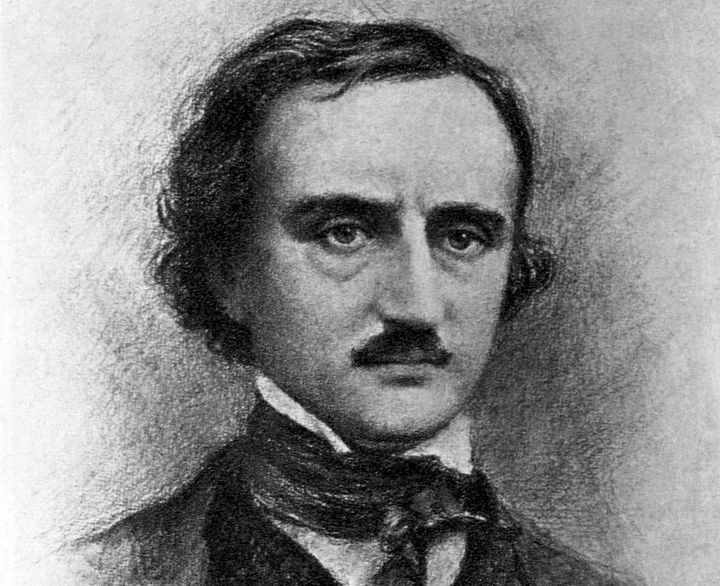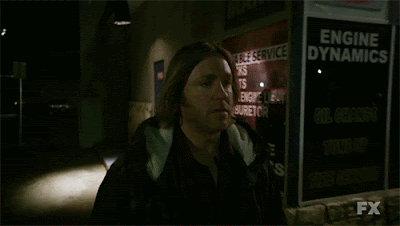Copyright 2019 by Gary L. Pullman
Frankly, no, I've never
wondered what's in a Navy SEAL's survival kit until I saw Time's
online article, “You're
a SEAL Stranded in Hostile Territory: What's in Your Survival Kit?”
If you're a Navy SEAL,
this is what's in your
survival kit (contents change on occasion):
- Mini-multi tool
- Button compass
- lED squeeze light
- Fire-starting kit
- Water-storage device
- Water-purification tablets
- Electrolyte tablets
- Signal mirror
- Thermal blanket
- Kevlar line
- safety pins
- P-38 can opener
- Stainless-steel wire
- Duct tape
- Fresbel magnifying glass
- Waterproof notepaper
- Ink pen
- Broad-spectrum antibiotic ointment
- Cotton pad
- Hacksaw blade
- Ceramic razor blade
- Moleskin adhesive patch
- Kevlar thread
- Fishing leader and downrigger cable
- Suspended navigation magnet
- ferro cerium rod
- Cotton ball
- Bobby pins
- Handcuff shim (pick)
- Universal handcuff key
Of
course, each item must conform to Navy specifications. To give you an
idea of the nature of such specifications, here are the ones for a
few of the items listed above:
Mini-multi Tool
- Stainless-steel mini-multi tool that can function as pliers, wire cutters, a file, or an awl in a rattle-proof package.
- A quality AA, 14-millimeter, liquid-dampened button compass with at least eight hours of luminous capability.
- LED squeeze light equipped with a red lens and a switch that allows selection between continuous and momentary use.
- A fire-starting kit which includes a ferro cerium rod no longer than three inches and no wider than eight millimeters packaged in a reclosing bag.
- A two-inch by three-inch signaling mirror with an aiming hole, the non-mirrored side of which is covered with an infrared-reflective material and the mirror side of which is protected against scratches; the mirror's protective cover must be removable with one hand.
What
goes into a survival kit depends on what sort of enemy, terrain, or
other type of threat the kit's carrier is expected to encounter.
Although the Navy SEALs' survival kits are doubtlessly helpful in
assisting them in surviving the threats they are likely to encounter
in the performance of their missions, the contents of their kits
wouldn't probably be much aid for, say, Buffy the Vampire Slayer.
Instead her survival
kit would likely contain such items as the nineteenth-century vampire
kits that really did (and, in some cases, still do) exist.
Although the contents varied somewhat from one kit to another, these
items would have appeared in a fully
stocked kit:
- Wooden stakes
- Mallet
- Crucifix (for Roman Catholic vampires)
- Cross (for Protestant vampires)
- Bible
- Derringer
- Vials of garlic
- Vials of holy water (again, for Roman Catholic vampires)
- Knife or sword (presumably for beheading vampires)
Buffy,
although as dutiful as any Navy SEAL, is sometimes lax in keeping
rules, so, instead of a vampire kit, she often makes do only with a
wooden stake or two, carried in her purse, or with whatever weapon
she happens upon, conventional or not, during the course of a fight,
and, instead of using a mallet, she simply stabs her prey, driving
the stake into its heart with nothing more than her own superhuman
strength. She is, after all, Buffy the Vampire Slayer. (The stabbing
tactic didn't work too well, at first, against Kakistos, though.)
Although
Charles Darwin never used the term—Herbert Spencer introduced it,
based on Darwinian concepts—“survival
of the fittest” has been used to summarize the gist of
evolution as it pertains to the continuance of species competing with
one another for survival. Just as clarification concerning who
originated the phrase is often needed, so is the definition
of the phrase itself: “Survival of the fittest doesn’t mean ONLY
the physically or mentally strongest survive. It means the organism
with traits most fit for survival in a given environment survives,
thrives, and procreates regardless of what trait makes it most fit.”
(Notice the phrase “traits most fir for survival in a given
environment”? This is a key qualification; upon it are many horror
movies based, even if some of the filmmakers themselves were unaware
of the Darwinian basis of their films. By definition, a film concerns
itself with only one type of antagonist and with one dominant
setting; these elements often determine the type of threat to which
the hero or heroine is exposed, the type of threat that tests the
survivability of his or her traits.)
Survivors
survive against a specific type of threat—in horror fiction,
usually this threat takes the form (or formlessness, as the case may
be) of a monster. This threat tests the survivor's fitness; if the
hero or heroine is fit enough, he or she survives; if not,
well . . .
.
Laurie Strode, Halloween's final girl
In
many horror movies, though, survivors don't have any ready-to-hand
weapons except those which nature or nature's God (depending upon
one's point of view) equipped him or her or traits and skills he or
she acquired along the way: brains, brawn, courage, decency, loyalty,
and so forth. In such cases, fitness, Darwin's sole prerequisite for
survival, is a matter of physical, intellectual, and emotional
suitability. One character, in particular, has what it takes to
survive against monsters and pretty much all other odds, even without
ready-to-hand weapons or survival kits: the final
girl.
The
good girl (and other horror movie survivors) makes it possible to
analyze and evaluate horror movies from a Darwinian point of view.
These movies' settings and the monsters who originate or dwell
therein represent the environments that test the hero's or heroine's
traits, determining whether the traits are such as would survive in
such an environment.
Note: just because a survivor is shown to possess the
traits that enable him or her to survive against the threats of one
environment does not necessarily mean that he or she would survive in
another horror movie's environment. Take Buffy, for instance. She
does well in Sunnydale, against the minions of the Hellmouth, but how
would she make out against Pennywise, the dreaded Dormammu, Namor the
Sub-Mariner, Anti-Monitor, Doomsday, or Mister Mxyzptlk?)
With
mixed results, scientists can use computer models to test hypotheses
when it's impractical or impossible to test them through actual
experiments. It's too bad that human experience is too complex to be
tested in the same way. The best we can do, perhaps, at present, is
to envision situations, characters, and settings which, at least in
theory, allow us to see which traits might sustain us in struggles to
survive against specific, albeit fictional, threats in a variety of
particular environments. One of the problems with such an approach
was pointed out by Edgar Allan Poe, in a different context, well over
a century ago: by definition, fiction's plots are inescapably
tautological, their beginnings predetermined by their ends, which, we
might add, is not at all how evolution works. Do we see because we
have eyes, or do we have eyes because we see? Which is cause, and
which is effect?
This article lists some of horror movie characters
who have survived
against all odds; each is a version of the final girl.
Just
as the Navy SEALs' and the nineteenth-century vampire hunters' kits
(and Buffy's wooden stakes) give their owners tools and abilities
they don't have naturally, so does human culture, with its emphases
on such traits as brains, brawn, courage, decency, loyalty, and so
forth. By nurturing these traits, by emphasizing them with role
models (may of whom are fictitious), and awarding their expression,
we, as a society, seek to ensure their survival, because they have
helped to ensure our own. With human beings, humanity itself has
become a factor in evolution, human and otherwise, because we have
learned that our actions influence our fate. If we are not yet fully
masters of our own destiny, we are members of a crew sailing upon the
cosmic sea in which our survival as a species is determined not only
by the blind forces of evolution but by the contributions we make to
the direction these forces may take. Nature or nature's God has given
us a part to play in the cosmic play unfolding before us each moment,
every day.




























